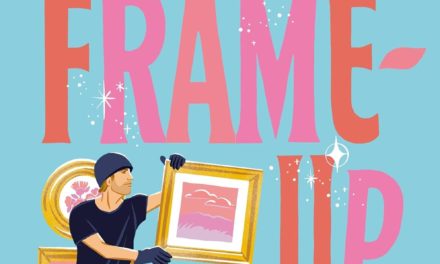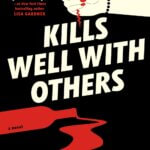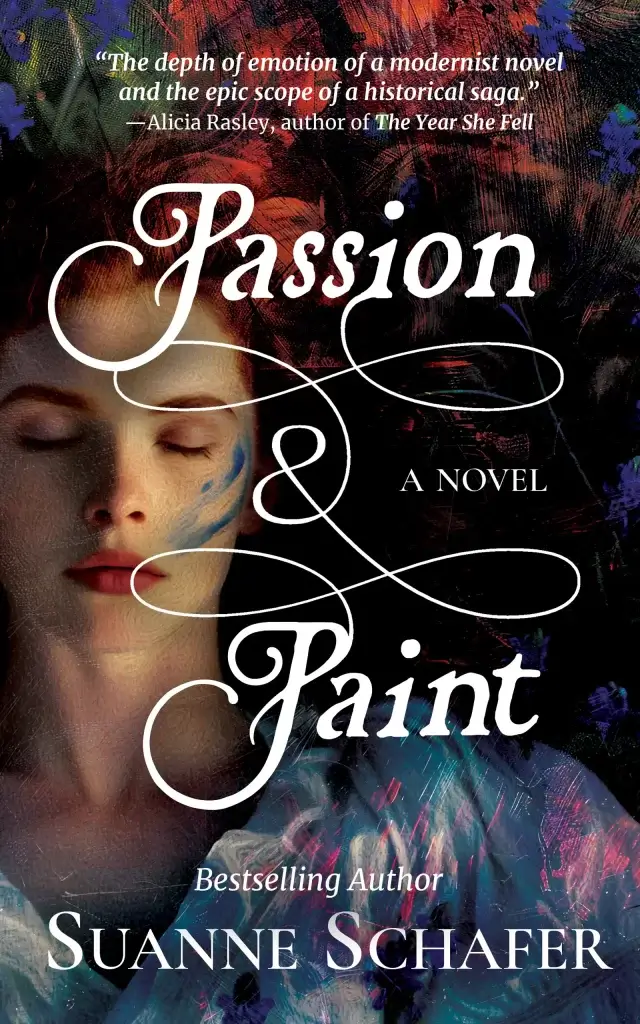I started out not liking Optic Nerve, an “autofiction” book, feeling it read as the rather self-indulgent memoir of a neurotic woman. However, I soon changed my mind. The author, María Gainza, is an Argentine art critic, and her insights into herself and the paintings that mean the most to her is extraordinary. She weaves her life and art history into a mesmerizing account. Her thoughts wander in an intimate, nearly stream-of-consciousness manner, tying her life in Buenos Aires with works of art from El Greco through Mark Rothko, stopping along the way with Henri Toulouse-Lautrec, Théodore Géricault, Gustave Courbet, and Henri Rousseau. Having been married to an art historian for 35 years, I particularly appreciated this line: Carelessly administered, the history of art can be as lethal as strychnine. In this case, however, the novel was edifying both in terms of art history and the narrator’s psyche. Optic Nerve shows the mental and emotional connections between a viewer of the art and the artwork itself.
The narrator of Optic Nerve is an Argentinian woman who’s obsessed with art. The story of her life is told in her stories of the paintings and painters who matter to her. Her intimate, digressive voice guides us through a gallery of images that have touched her. The title, very appropriately, also references the nerve that connect the eyes with the brain without which viewing art would be impossible.
********************
Optic Nerve is available through:
********************
This post contains Amazon Affiliate links. As an Amazon Associate, I may earn a small amount from qualifying purchases.













